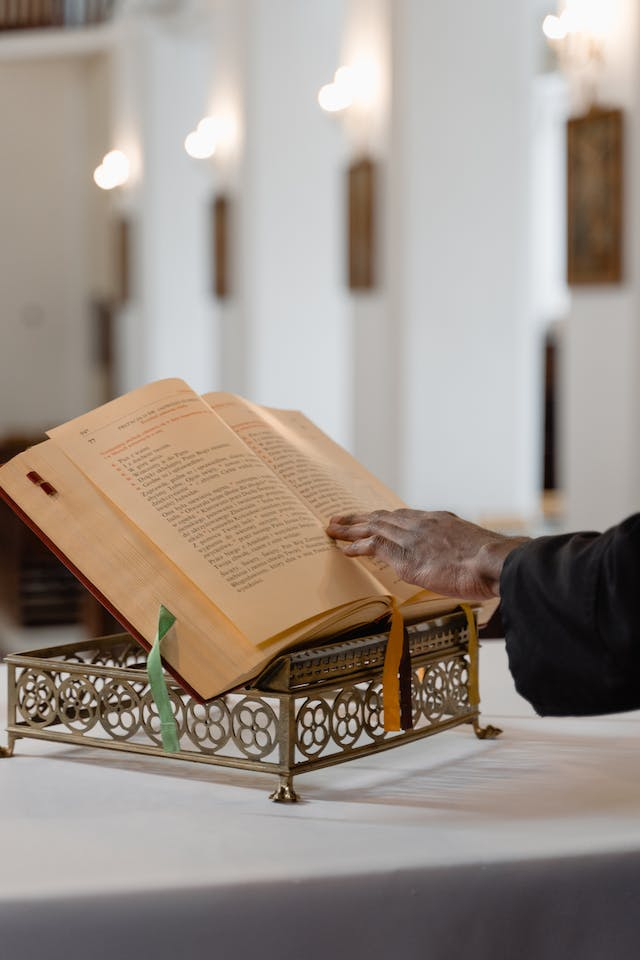Critical Analysis of the Gospel of John: Divinity, Exorcism, Salvation and the Kingdom, Crucifixion
Essay topic: Critical analysis of the Gospel of John: Divinity, exorcism, salvation and the Kingdom, crucifixion
Answer:
The Gospel of John offers a unique perspective on key aspects of Christian theology, presenting distinct viewpoints on the divinity of Jesus, the absence of exorcism narratives, the concept of salvation, and the details surrounding the crucifixion. In this critical analysis, we delve into these topics, unraveling the nuanced differences between the Gospel of John and the synoptic gospels.
The Gospel of John introduces Jesus as the 'Word' in its prologue, emphasizing his eternal nature and role as God's agent in creation. This differs from the synoptic gospels, where Jesus is primarily referred to as 'The son of God' or 'The son of man.' Scholars like Daniel propose that John's use of 'logos' aligns with Greek philosophical traditions, signifying Jesus as God. The divergence in portrayal raises questions about the nature of Jesus and the cultural influences shaping these perspectives.
While exorcism accounts are prevalent in the synoptic gospels, the Gospel of John remains conspicuously silent on this matter. Graham H. suggests that John may not have recognized Jesus as an exorcist. The absence prompts speculation, with some proposing that Mary Magdalene's role in John's narrative indirectly acknowledges Jesus's exorcist reputation. Nevertheless, the exclusion leaves scholars pondering John's distinct theological emphasis.
Divergent perspectives on salvation emerge in the synoptic gospels and the Gospel of John. Synoptics highlight deeds alongside faith, while John emphasizes belief alone for salvation. This discrepancy sparks debates within Christianity about the role of works in attaining salvation. Scholars like Matthew W. Bales argue against self-righteousness, asserting that salvation is a grace given gift, aligning with Paul's teachings.
The portrayal of the crucifixion varies between the synoptic gospels and John. While the synoptics mention Simon of Cyrene assisting Jesus, John presents Jesus carrying his own cross. Gnostic traditions, as seen in Basilides' teachings, challenge the accepted crucifixion narrative. Despite historical consensus on Jesus's crucifixion, differences in details raise questions about the reliability of accounts and the interpretation of events.
In scrutinizing the Gospel of John's distinct theological elements, we find nuanced differences in the portrayal of Jesus's divinity, the absence of exorcism narratives, varying perspectives on salvation, and discrepancies in the crucifixion accounts. These divergences underscore the complexity of interpreting biblical texts and contribute to ongoing discussions within Christian theology. As we explore these variations, it is essential to appreciate the rich diversity of perspectives that have shaped Christian thought over centuries.












